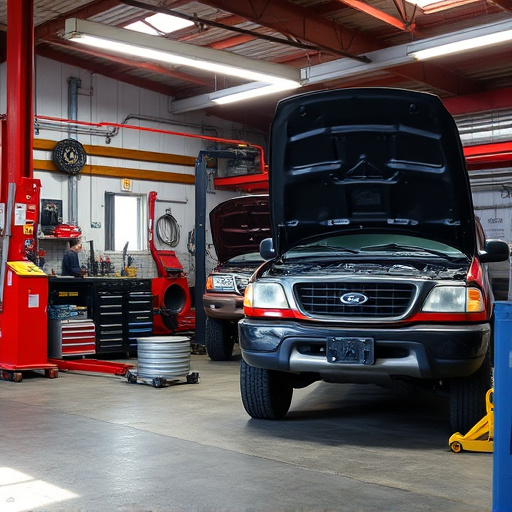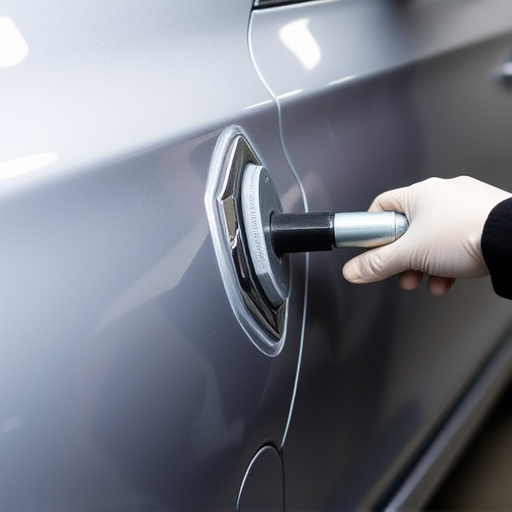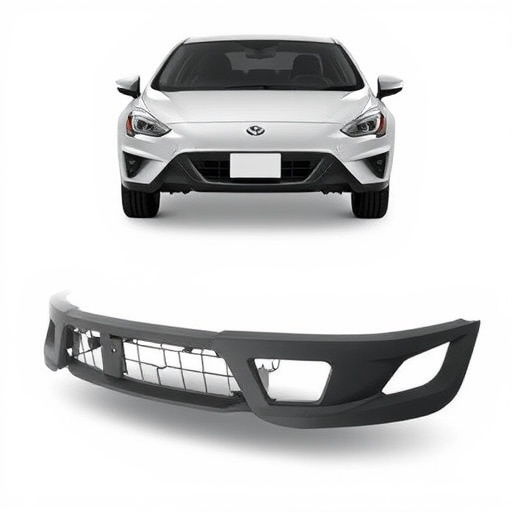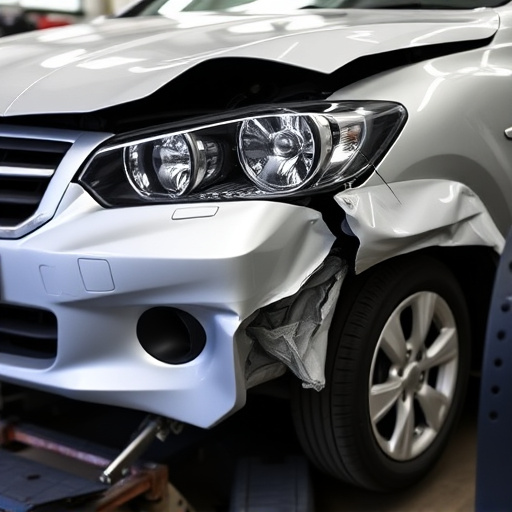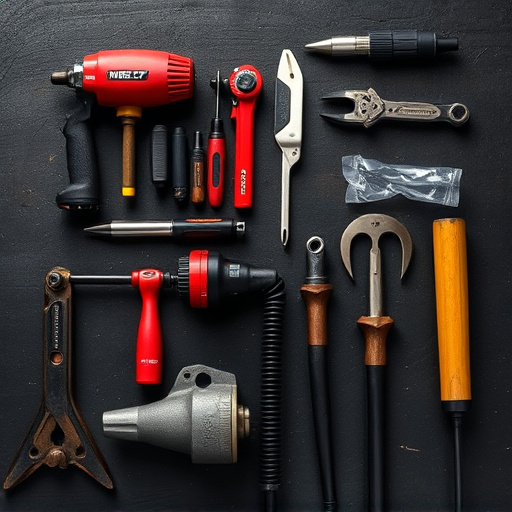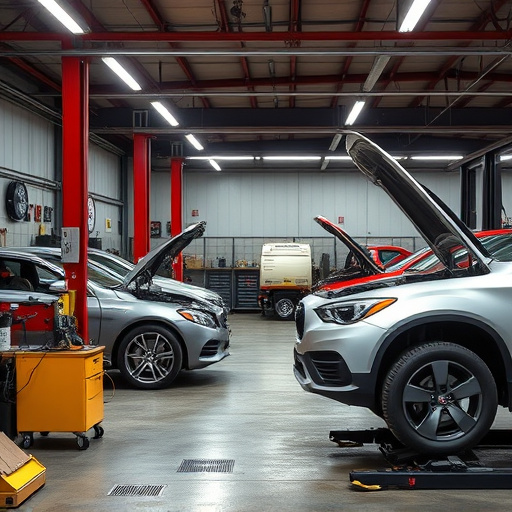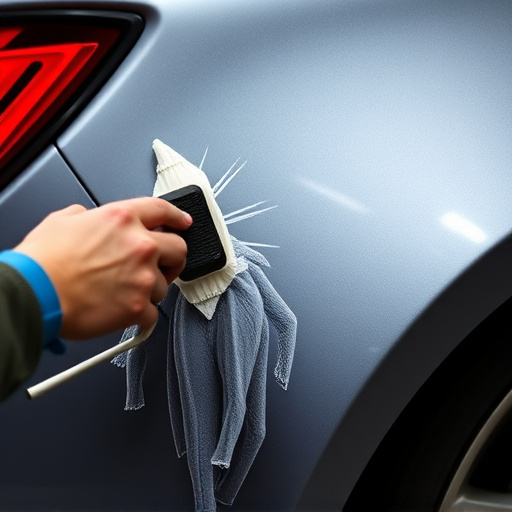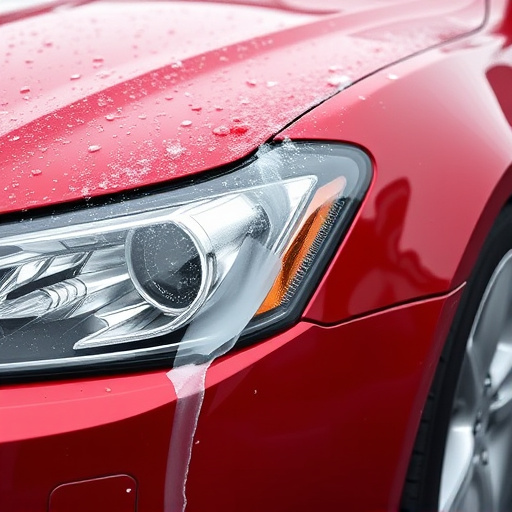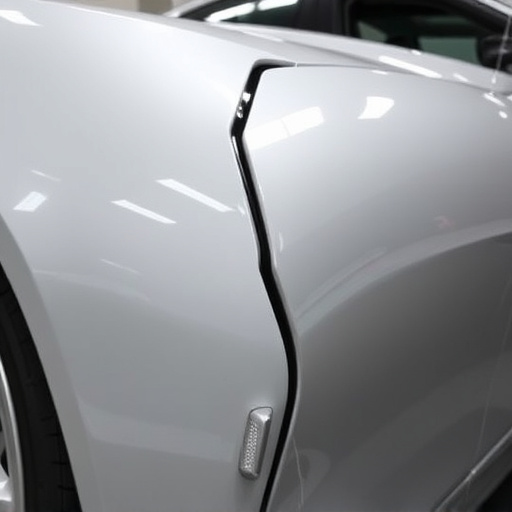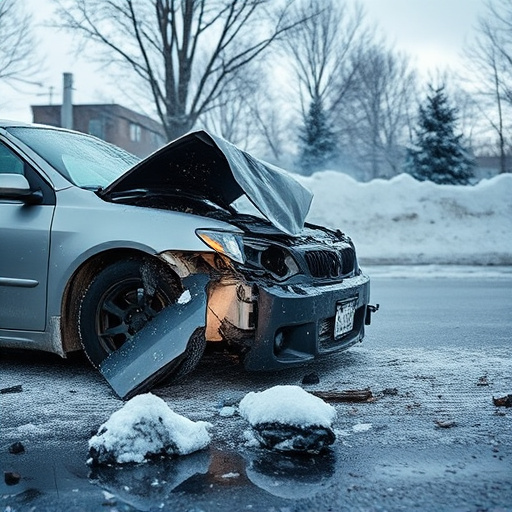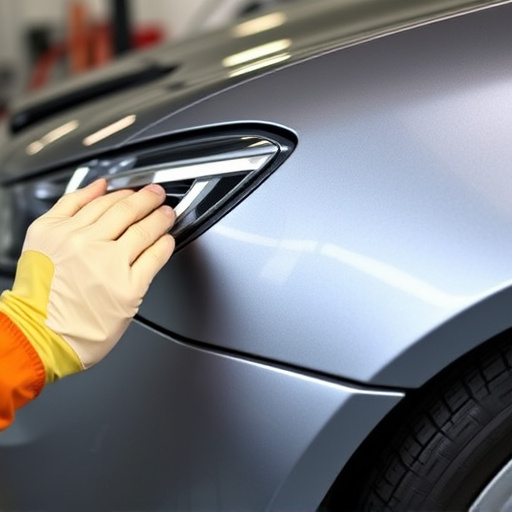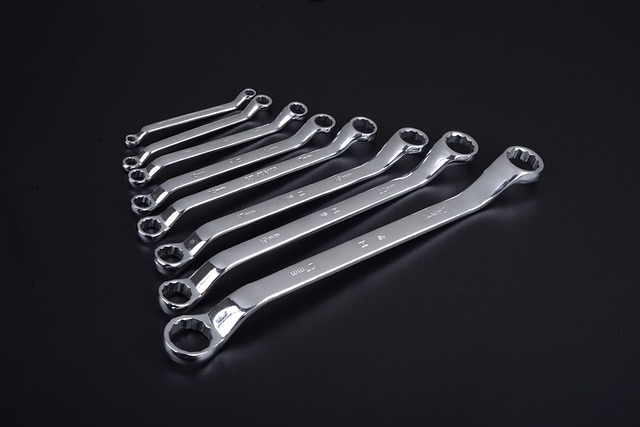Understanding your structural repair warranty is vital for protecting your property's integrity. This document clarifies coverage for framework issues, distinct from automotive collision repairs focused on vehicle damage. By comprehending terms and conditions, homeowners gain peace of mind, ensuring their investment is safeguarded against unforeseen structural repairs. Clear communication with auto collision centers, detailed documentation, and regular inspections are key to avoiding warranty issues, maintaining validity, and fostering a safe environment.
“Ensure the integrity of your home with a reliable structural repair warranty—a crucial safety net for unforeseen issues. This guide will empower you to verify the validity of your warranty, offering peace of mind and protection against costly repairs. We’ll break down the process into simple steps, enabling you to navigate through common pitfalls and ensure your investment is secured. By understanding your rights and obligations, you can maintain a safe, structurally sound home.”
- Understanding Your Structural Repair Warranty
- Steps to Verify Warranty Validity
- Common Issues and How to Avoid Them
Understanding Your Structural Repair Warranty

When it comes to structural repairs on your property, understanding the validity and scope of your warranty is paramount. A structural repair warranty is a crucial document that outlines the terms and conditions under which repairs will be covered if defects or issues arise. It’s essential to read and comprehend this warranty before initiating any repair work. The warranty should clearly state what is covered, such as materials, labor, and specific timeframes for claims.
Knowing the difference between a structural repair warranty and other types of vehicle paint repair or car scratch repair warranties is vital. For instance, while an automotive collision repair warranty may cover damages from accidents, a structural repair warranty specifically addresses issues related to the building’s framework, including foundations, walls, and roof structures. Understanding these nuances ensures you’re adequately protected for any unforeseen repairs related to your property’s integrity.
Steps to Verify Warranty Validity

Common Issues and How to Avoid Them

Common issues that arise when dealing with structural repair warranties often stem from a lack of understanding or oversight during the initial repair process. One of the primary ways to avoid them is by ensuring transparency and clear communication with your auto collision center. Make sure you receive detailed documentation outlining the scope of work, materials used, and warranty terms before signing off. This includes understanding what specific aspects of the car restoration are covered and for how long.
Another frequent problem occurs when customers fail to adhere to the required maintenance schedule or procedures specified in the warranty. To prevent this, it’s crucial to familiarize yourself with the warranty guidelines, including any limitations or exclusions. Regularly inspect the repaired area for signs of damage or weakness, and if you notice anything unusual, report it promptly. This proactive approach will help ensure that any potential issues are addressed before they escalate, thereby keeping your structural repair warranty valid and effective.
When verifying the validity of your structural repair warranty, it’s crucial to follow a systematic approach. By understanding the key components of your warranty, meticulously documenting repairs, and staying informed about common issues, you can ensure its longevity and protect your investment. Remember, a valid structural repair warranty offers peace of mind, safeguarding against unexpected costs and potential structural failures. Keep these practices in mind to maintain a robust warranty and safeguard your property’s integrity.
